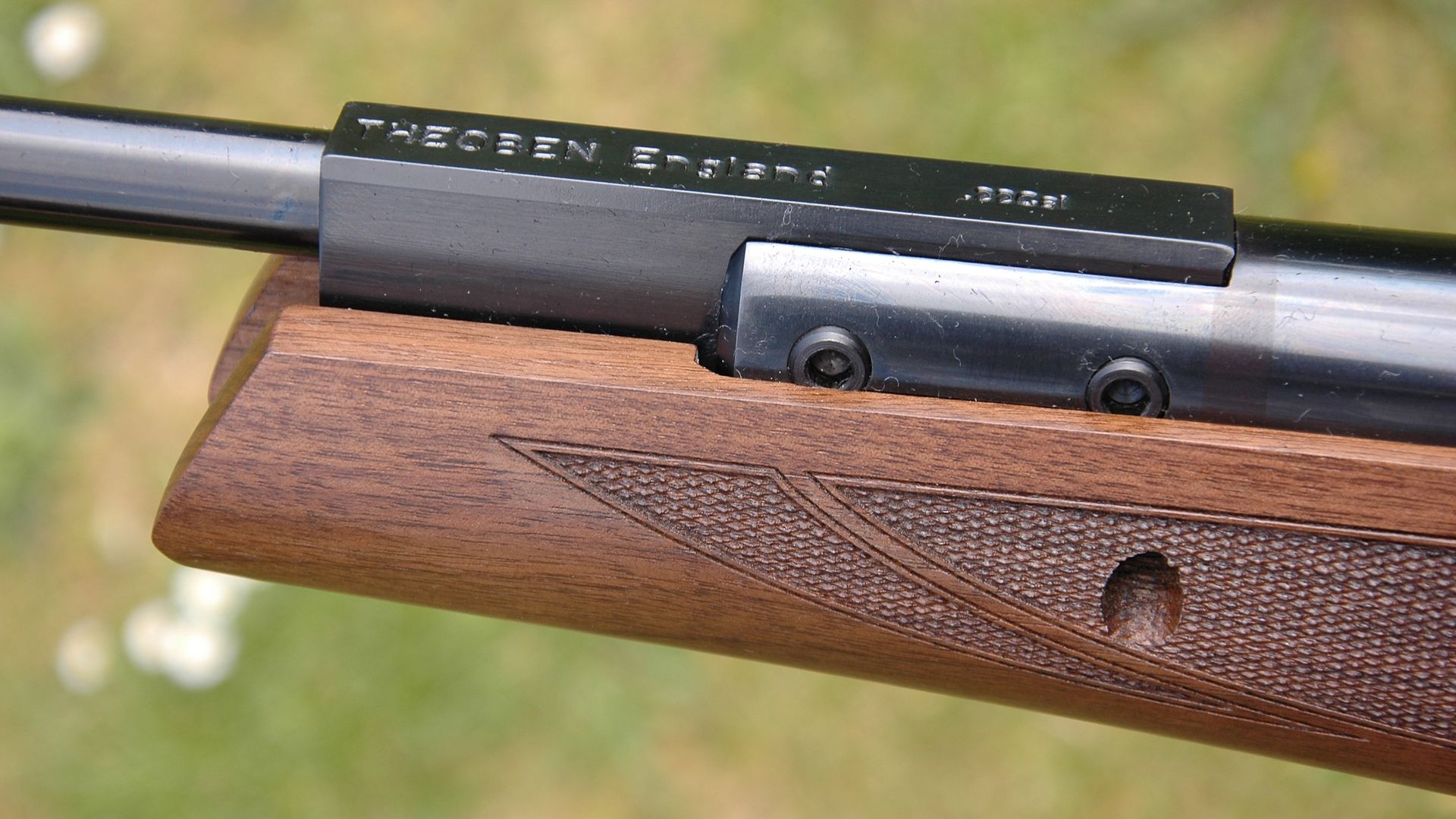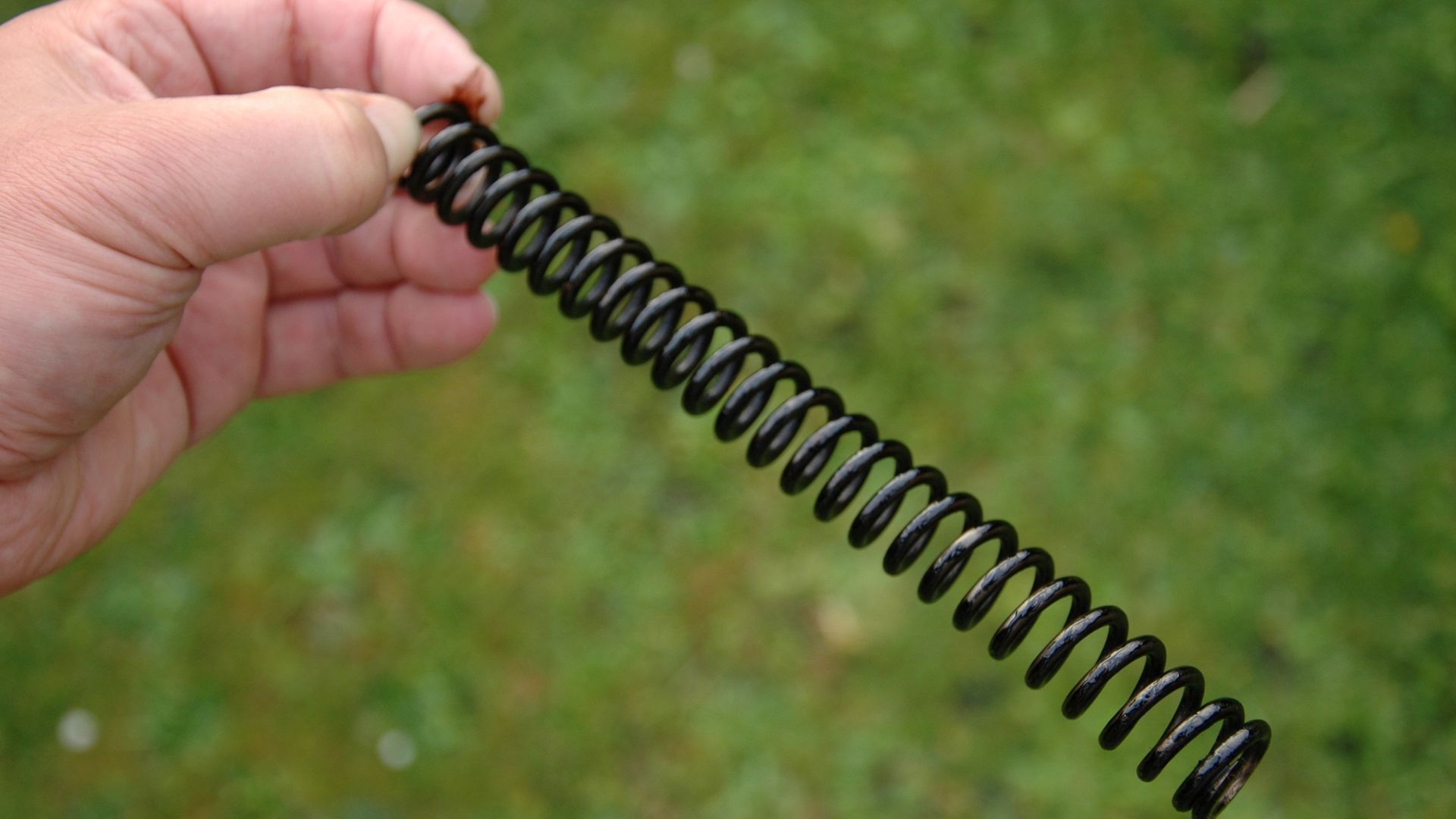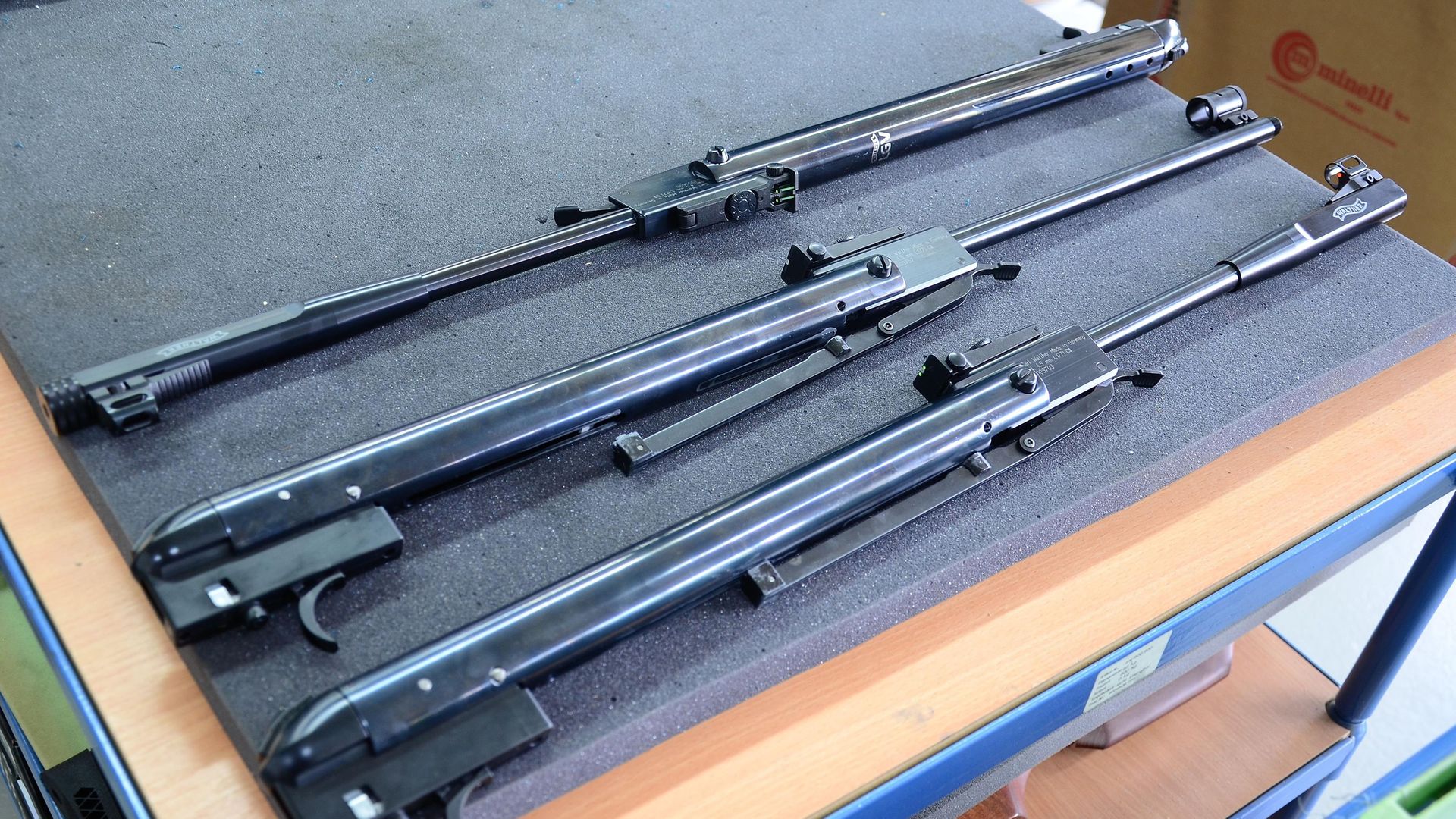If you've made the decision to buy a self-contained air rifle, you'll need to choose between gas-ram or spring power. Which is best? Mark Camoccio guides us through making the decision...
As with many equipment-based sports, there are decisions to be made regarding prospective purchases, and with airgun shooting, a plethora of options exist for today’s enthusiast. I’ve progressed the thought process somewhat for the purposes of this article, so let’s assume that you’ve arrived at the position in which many find themselves – you definitely DON’T want to go down the PCP route, and instead, wish to purchase a self-contained air rifle, free from any external charging gear – be that diver’s bottle, pump or air compressor.
You’ve decided on a recoiling air rifle, and whichever type you go for, they will be comparatively heavy when compared to a PCP, simply by virtue of the fact that all the heavy mechanical innards need to be inside to generate power. It’s a toss-up between spring-piston power, and a gas-ram model. So, which system is best?
 credit: Archant
credit: Archant
When did gas-ram come about?
To answer the question fully, let’s first remind ourselves how the gas-ram (or gas-strut) came about. It was Dave Theobald and Ben Taylor who came up with the concept of fitting a gas-ram into their ground-breaking Theoben Sirocco break-barrel rifle, back in 1982, causing quite a stir in the process.
The idea is simple but ingenious; instead of a large mainspring sitting behind the piston to power the shot, the gas-ram sees a sliding rod set inside a sealed chamber of air or gas. As the gun is cocked, the rod is forced back, compressing the gas. When the gun fires, the rod is forced forward as the air is allowed to rapidly expand – but not escape – inside the chamber. The piston in front of the gas-ram powers the shot in the normal way thereafter. I had one of the first English walnut clad special versions, and it was a mouthwatering piece of kit. Build quality and finish were always impeccable, and whilst the early Birmingham-made Webley barrels were fairly average, Theoben soon made a switch to offering Anshutz barrels, which elevated the brand further.
 credit: Archant
credit: Archant
Is gam-ram better than spring action?
Understandably, Theoben slapped patents on their revolutionary design, which gave them a good few years at milking the system, but once the patents expired, as you may have noticed, many airgun manufacturers have jumped on the bandwagon to produce their own form of gas-ram system. All the marketing suggests that gas-rams are more advanced, radical, and therefore better, than ‘old-fashioned’ spring power; but is this really the case?
Let me start my response to that sweeping assumption, by stating a fundamental point – namely, that not all gas-rams are equal. In theory and on paper, gas-rams have lightning-fast lock times, measured in milliseconds, and many it’s true, will have a faster lock time – the time from the trigger being pulled, to when the pellet exits the muzzle – than their spring-powered counterparts. It’s a natural characteristic of the responsive gas-ram. If the lock time is faster, again in theory, the gun should be easier to shoot because the pellet has less time to be affected by the shooter’s wobble.
However, theory is one thing, but real-world results can be quite another. Theoben did much research and if I remember rightly, some of the early examples used argon gas sealed inside the gas-ram. By the time they ceased production, the system was incredibly refined compared to the original models, and used air instead of argon. Their HE (High Efficiency) design had pushed the concept to its limits, with an inertia counter-weight system and Zephyr piston seal, that channelled air to the transfer port – all part of the design to minimise recoil, and counter piston bounce. Claims of never having any air escaping were nonsense, of course – I spoke to two unhappy souls at one FT event – but Theobens have become classic collectables nonetheless.
 credit: Archant
credit: Archant
Comparing gas-ram and spring powered models
In my experience, many gas-rams now offered are pretty wild and can be quite harsh, and it really is no foregone conclusion, that the gas-ram has the edge as manufacturers attempt to replicate the Theoben blueprint. For example, I ran a side-by-side test of the Hatsan Model 60S, the spring-powered model, and the corresponding Model 60 Vortex gas-ram version a few years back, and whilst both did the job, the gas-ram was harder to cock, and was a little too lively in the aim, compared to the more sedate springer version.
Externally, both models are identical, save for the badging on the receiver, yet look underneath into the cocking slot, behind the linkage, and the tell-tale difference is laid bare. The first few coils of the mainspring are visible on the springer, whilst with the Vortex version, the silver body of the gas-ram unit can just be spied. The springer was more pleasant to shoot, and proved slightly more accurate, too, so I know which one I’d choose. This is but one example, of course, and the growth of gas-rams is a fascinating area of our sport, which I will be writing about in the near future.